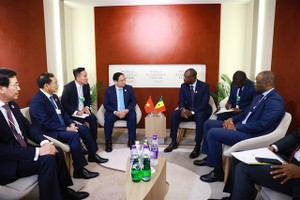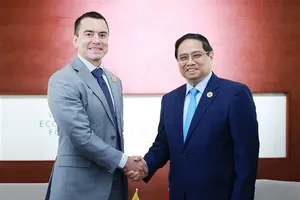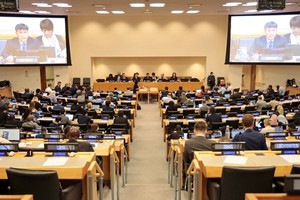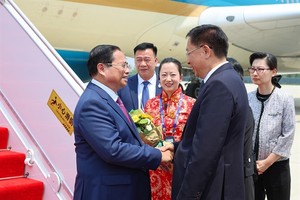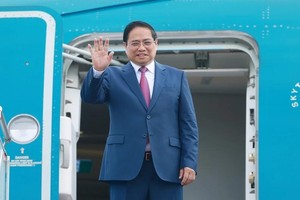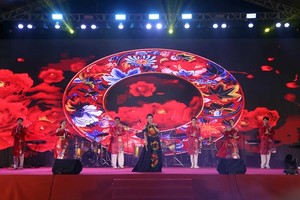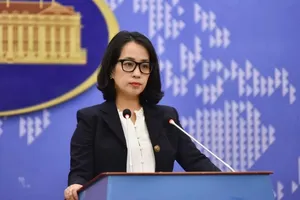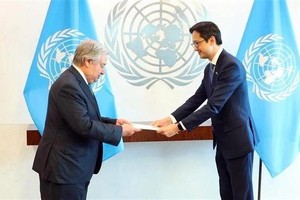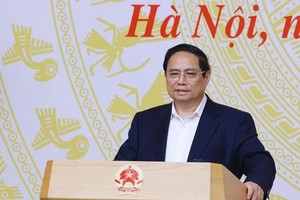PHNOM PENH, Nov 25, 2010 (AFP) - Cambodia's prime minister led a mourning ceremony Thursday at the site of a bridge stampede in the capital that killed over 450 people in the worst national tragedy for decades.
A visibly emotional Hun Sen, dressed in black, wiped away a tear and burnt incense at a small altar erected at the foot of the narrow bridge, now cleared of the shoes, clothing and plastic bottles that were a grim reminder of the disaster that unfolded.
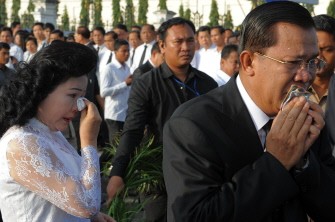
His wife Bun Rany, wearing a black skirt and a white shirt, stood at her husband's side and openly cried.
Other government officials also paid their respects during the short ceremony, as a military band played a sombre tune.
Officials said throngs of revellers celebrating the nation's annual water festival apparently panicked as rumours rippled through the crowds that the bridge to an island in Phnomh Penh was about to give way.
"The deaths happened because the bridge was overcrowded and there was panic that the bridge was collapsing because it is hung by cables and it was swaying," said Prum Sokha, who heads a panel investigating the tragedy.
"Some started screaming that the bridge was collapsing, that people were getting electric shocks and that the iron cables were snapping, so the people pushed each other and fell down and the stampede happened.
"The people had nowhere to run," said Sokha, secretary of state at the interior ministry.
The government admitted it had overlooked issues of crowd control, while the victims' families expressed growing anger about security at the event, which attracted some three million revellers from all over Cambodia.
"We were concerned about the possibilities of boats capsizing and pick-pocketing. We did well, but we did not think about this kind of incident," government spokesman Khieu Kanharith told AFP.
He said a private firm had been in charge of security on the island and the bridge where the disaster unfolded.
"The place is private, so they used their own security, and police only helped handle order outside," Kanharith said.
As the first funerals and cremations took place across the country Wednesday, distressed relatives searched for answers.
"I feel very sad and angry about what happened," Phea Channara said at a funeral service for his 24-year-old sister on the outskirts of Phnom Penh.
"I wonder if the police really did their job. Why did they allow it to happen in the first place?"
Hun Sen has described the disaster as Cambodia's worst tragedy since the Khmer Rouge's 1975-1979 reign of terror, which killed up to a quarter of the population.
The premier said a memorial stupa would be built "to commemorate the souls of the people who lost their lives in the incident... and to remember the serious tragedy for the nation and the Cambodian people."
Social Affairs Minister Ith Samheng told AFP the toll from the tragedy had jumped to 456 dead and 395 injured.
"Some bodies were transported home straight away and some injured people died at home," he said, explaining the increase.
Exuberant festival-goers had been crossing the bridge to reach an island hosting concerts, food stalls and ice sculptures when the stampede began, resulting in a deadly crush of bodies.
It marked a tragic end to the boat races, concerts and fireworks that are part of the traditional festival, which celebrates the reversal of the flow between the Tonle Sap and the Mekong river.
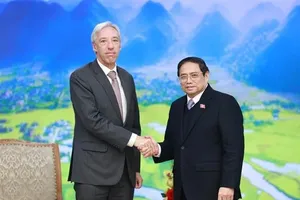
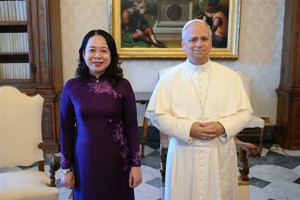

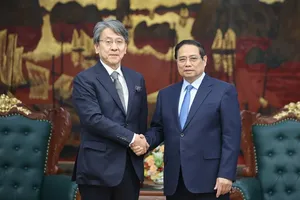
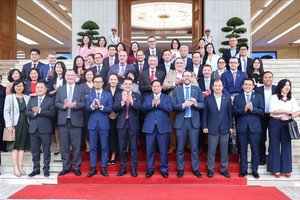
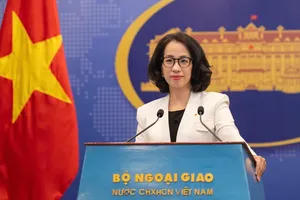
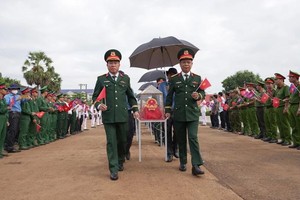
)

